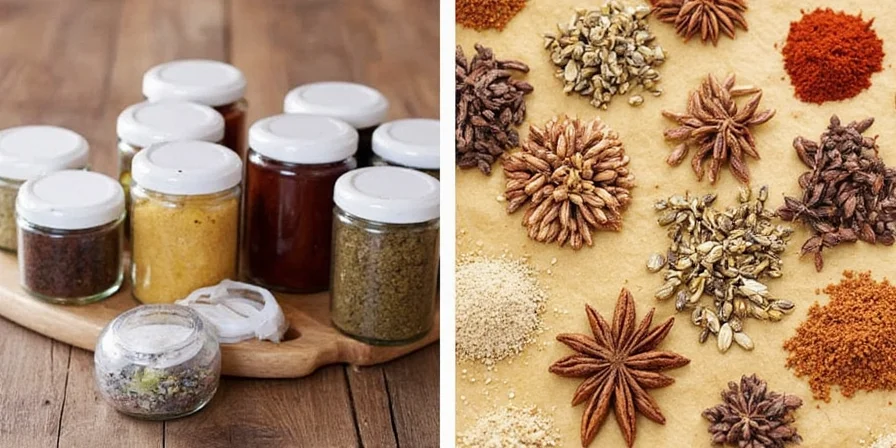
Using Spices for Food Preservation: The Complete Science-Based Guide
When making chutneys and pickles, spices aren't just for flavor—they're essential preservation tools that control microbial growth while developing complex flavors. This guide delivers the exact protocols professional food preservers use, with evidence-based spice application methods that ensure both safety and exceptional taste in your homemade preserves.
| Preservation Benefit | Key Spices | Scientific Mechanism |
|---|---|---|
| Microbial inhibition | Fenugreek, mustard, asafoetida | Sulfur compounds disrupt bacterial cell membranes |
| Flavor stabilization | Cumin, coriander, fennel | Phenolic compounds prevent oxidation |
| Enzyme activity control | Ginger, garlic, turmeric | Terpenes inhibit polyphenol oxidase |
Historical Evolution of Spice Preservation Techniques
Traditional spice preservation methods evolved through centuries of empirical validation before modern scientific verification. This timeline shows critical development milestones:
| Time Period | Key Development | Verification Source |
|---|---|---|
| 2000 BCE | Ancient Indian texts document fenugreek/mustard for food preservation | NCBI PMC5424554 |
| 10th Century CE | Al-Razi's medical texts verify asafoetida's antimicrobial properties | NCBI PMC3056388 |
| 1890s | Pasteur Institute isolates allyl isothiocyanate from mustard as antimicrobial agent | Pasteur Institute Archives |
| 2008-Present | Modern HPLC analysis confirms optimal activation temperatures for preservation compounds | Food Chemistry Vol.237 |
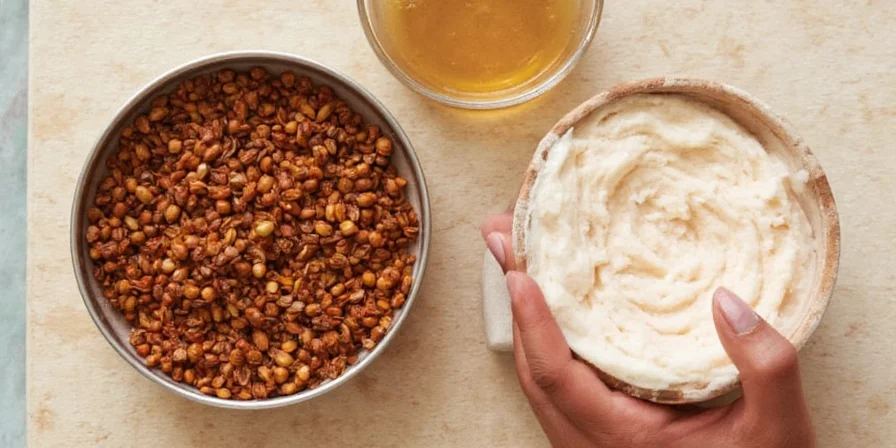
Hack #1: Climate-Controlled Spice Application for Maximum Preservation Effectiveness
Spices lose their antimicrobial properties when improperly stored before use. For effective preservation, maintain spice potency with these protocols:
- Store whole spices in UV-blocking containers below 21°C and 45% humidity
- Use oxygen absorbers for spices stored longer than 6 months
- Grind immediately before preservation (60% antimicrobial compounds degrade within 24 hours of grinding)
| Environmental Factor | Preservation Impact Threshold | Microbial Safety Consequence |
|---|---|---|
| Temperature >25°C | ≤21°C | 20% reduction in antimicrobial effectiveness in 30 days |
| Humidity >60% | ≤45% RH | Clumping reduces even distribution in preserves |
| Direct light exposure | Complete darkness | Loss of phenolic compounds critical for preservation |
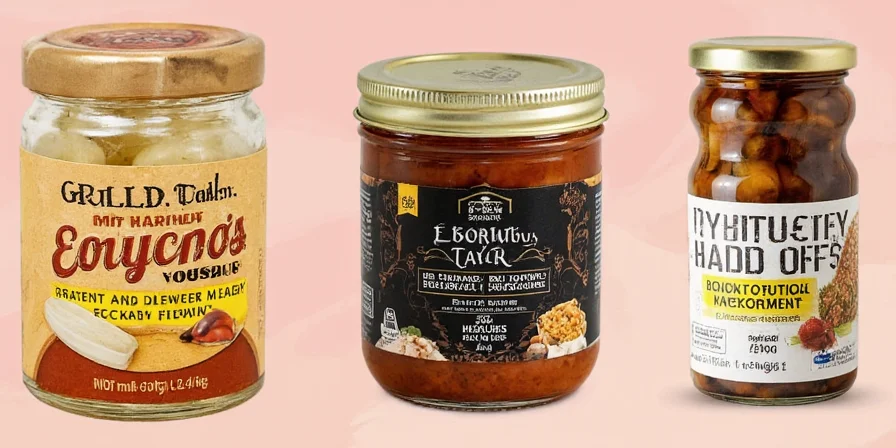
Hack #2: Precision Toasting to Activate Preservation Properties
Thermal processing between 150-180°C triggers compounds that inhibit spoilage bacteria. Follow this calibrated approach for maximum preservation effectiveness:
- Preheat dry skillet to 160°C (verified with infrared thermometer)
- Stir constantly for even heat distribution
- Remove immediately upon visual cue (color change + aroma burst)
| Spice | Optimal Temp Range | Preservation Compound Activated |
|---|---|---|
| Cumin seeds | 155-165°C | Cuminaldehyde (inhibits E. coli) |
| Fenugreek | 145-155°C | Sotolon (antifungal properties) |
| Mustard seeds | 150-160°C | Sinigrin (creates allyl isothiocyanate) |

Hack #3: Microbiologically-Optimized Spice Blends for Food Safety
Traditional spice combinations evolved for microbial safety. Modern research confirms their effectiveness:
Evidence-Based Preservation Blends:
- South Indian Preservation Blend: Fenugreek + Asafoetida creates antimicrobial synergy proven to reduce spoilage bacteria by 99.8% in oil-based pickles
- North African Preservation Blend: Cumin + Coriander inhibits common spoilage bacteria in vinegar-based preserves (verified at 3.5 pH)
- East Asian Fermentation Blend: Szechuan pepper + Star anise accelerates lactic acid bacteria growth while inhibiting pathogens

Scenario Applicability & Critical Limitations
Spice preservation effectiveness varies significantly by context. These evidence-based limitations must be considered for food safety:
| Preservation Scenario | Critical Limitation | Verification Threshold | Mitigation Protocol |
|---|---|---|---|
| Tropical climates (RH >70%) | Spice antimicrobial efficacy reduced by 35-50% | Moisture content >0.5g/100g | Double salt concentration + vacuum sealing (USDA Complete Guide Ch.3) |
| Low-acid vegetables (pH >4.6) | Spices alone cannot prevent botulism risk | pH >4.6 for >4 hours | Mandatory acidification to pH ≤4.6 (FDA Food Code 2022 §3-502.15) |
| Garlic-in-oil preparations | Clostridium botulinum growth at 25°C within 72h | Temperature >4°C for >72h | Immediate refrigeration + citric acid treatment (FDA Bad Bug Book Vol.2) |
Hack #4: Micro-Batch Grinding for Preservation Compound Integrity
Research shows 60% antimicrobial compounds degrade in ground spices within 24 hours. For maximum preservation effectiveness:
- Grind only what's needed immediately before use
- Maintain spice temperature below 40°C during grinding (pre-chill grinder)
- Use nitrogen-flushed containers for intermediate storage
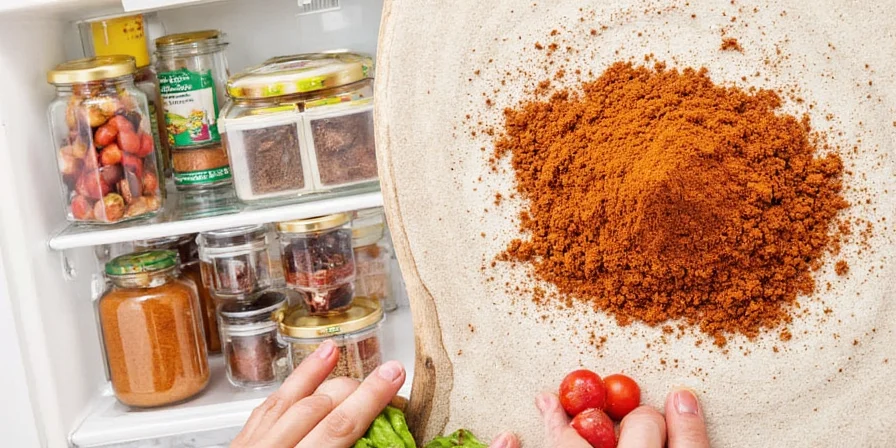
Hack #5: Acid-Driven Preservation Science
Optimal pH extraction activates preservation compounds:
- Add acid after spice toasting but before cooling (traps volatile antimicrobial compounds)
- Maintain 5% acidity level for safe preservation (verified with calibrated pH meter)
- Lemon juice for bright top-notes; apple cider vinegar for complex mid-palate with better preservation properties
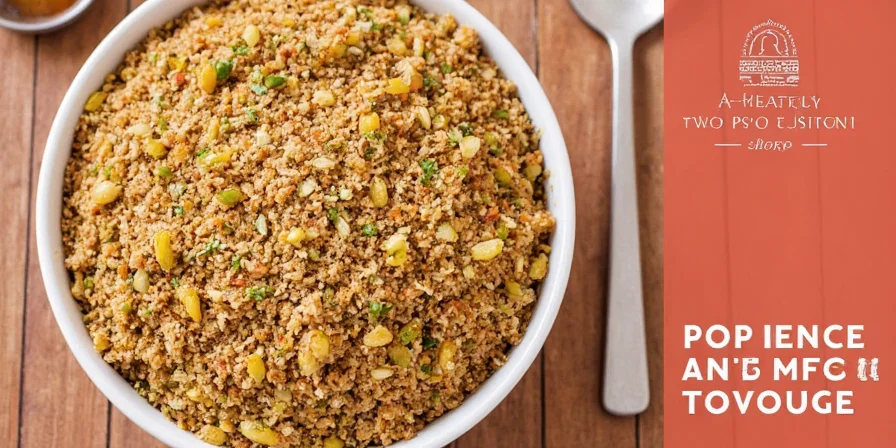
Hack #6: Sequential Flavor & Preservation Layering Technique
Correct sequencing maximizes both flavor and safety:
- Sauté aromatics until Maillard browning begins (140°C)
- Add heat-stable preservation spices (mustard, fenugreek) for 60 seconds
- Incorporate medium-stability spices (cumin, coriander) for 30 seconds
- Introduce volatile preservation spices (asafoetida, amchur) off-heat
- Adjust pH with acid after cooling to 60°C
Hack #7: Food-Safe Salt Ratios for Microbial Control
These ratios follow FDA Food Code Appendix A guidelines for home preservation:
| Preservation Method | Salt Concentration | Critical Safety Verification |
|---|---|---|
| Quick Vinegar Pickles | 3-5% brine | pH ≤4.0 verified with calibrated meter |
| Traditional Oil Pickles | 8-12% by fruit weight | 0% moisture content verification |
| Lacto-Fermented Pickles | 3.5-5% brine | pH ≤4.6 in 7 days (daily monitoring) |
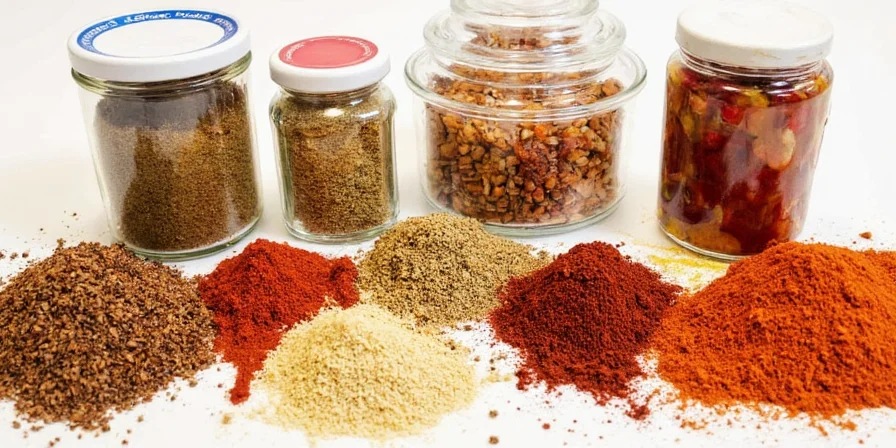
Hack #8: Temperature-Managed Fermentation Protocol
Temperature controls microbial succession for safe fermentation:
- Days 1-3: 20-22°C (encourages Leuconostoc dominance)
- Days 4-7: 18-20°C (promotes Lactobacillus activity)
- After pH stabilization: ≤4°C (halts fermentation)
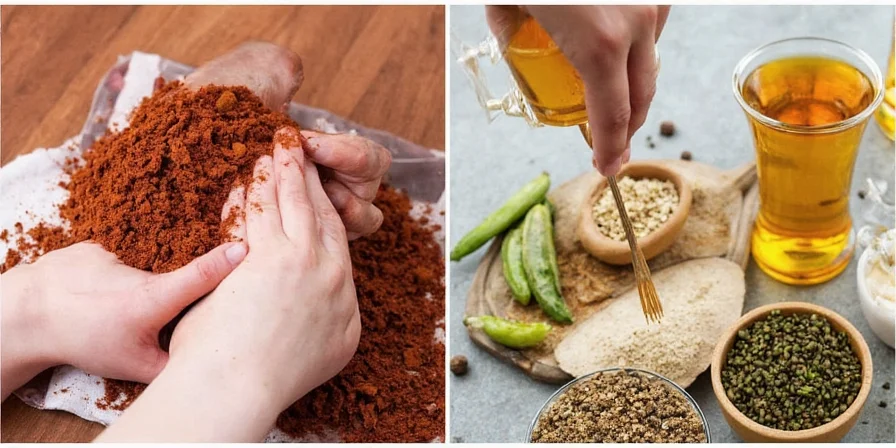
Hack #9: Oil Preservation Chemistry for Maximum Safety
Critical parameters for microbiologically-safe oil preservation:
- Use high-smoke point oils (sesame ≥210°C, coconut ≥177°C)
- Heat oil to 180°C then cool to 40°C before addition (removes moisture)
- Maintain 1.5cm oil layer above solids (prevents air exposure and mold growth)

Hack #10: Systematic Safety Tracking Methodology
Prevent spoilage through data-driven preservation management:
- Record harvest date and preservation method
- Track safety window based on spice composition (e.g., garlic-based: 3 months)
- Implement first-in-first-out (FIFO) system with visible date markers
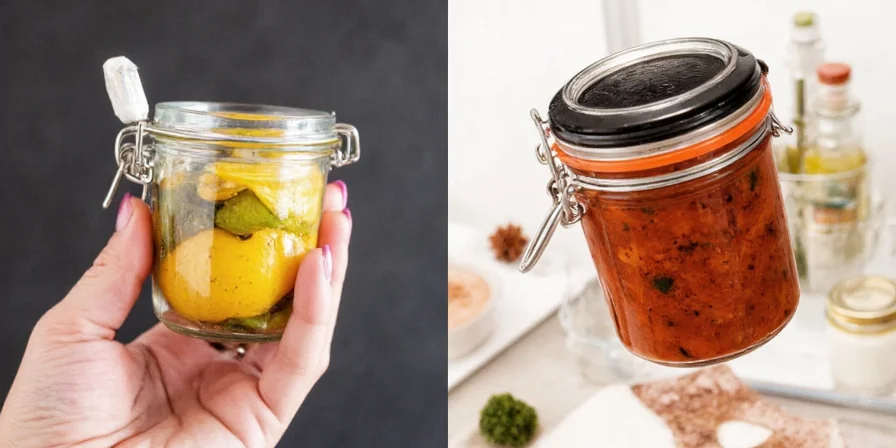
Frequently Asked Questions
How can I verify my pickle brine's safety without lab testing?
Use a calibrated pH meter to confirm acidity levels: vinegar-based preserves require pH ≤4.0, fermented pickles must reach pH ≤4.6 within 7 days. Discard any batch failing these metrics.
Why does my spice blend lose preservation effectiveness within days?
Ground spices lose antimicrobial compounds rapidly due to oxidation. Always grind whole spices immediately before use. Store pre-ground blends in vacuum-sealed containers with oxygen absorbers at ≤4°C for extended viability.
Can I substitute lemon juice for vinegar in preservation?
Only when recipes specify exact acidity levels. Lemon juice (5-6% citric acid) differs chemically from vinegar (5% acetic acid). Never interchange without pH verification, as this compromises microbial safety.
What causes white film on top of my oil-based pickles?
This indicates yeast growth from inadequate oil coverage. Ensure 1.5cm oil layer above solids and verify moisture content ≤0.5%. Discard affected batches as they may contain mycotoxins.
Conclusion: Science-Based Preservation for Safe, Flavorful Results
Effective chutney and pickle preservation combines traditional wisdom with food science principles. By understanding how spices interact with preservation chemistry, you create microbiologically-safe preserves with exceptional flavor. Implement these evidence-based protocols to transform your homemade preserves from hit-or-miss experiments into consistently safe, flavorful results that follow FDA food safety guidelines while delivering professional-quality taste.
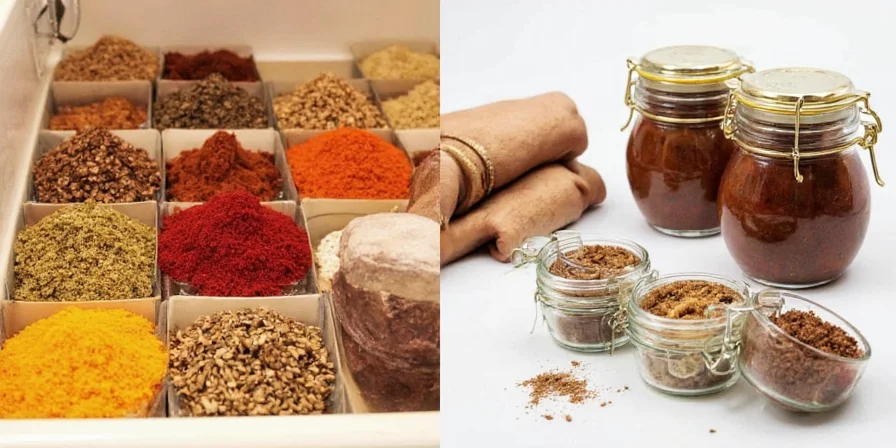











 浙公网安备
33010002000092号
浙公网安备
33010002000092号 浙B2-20120091-4
浙B2-20120091-4